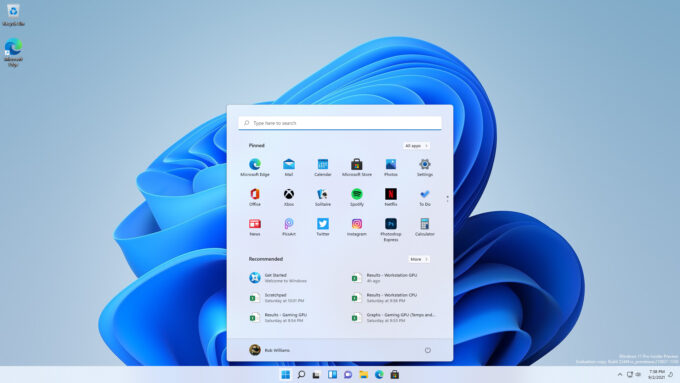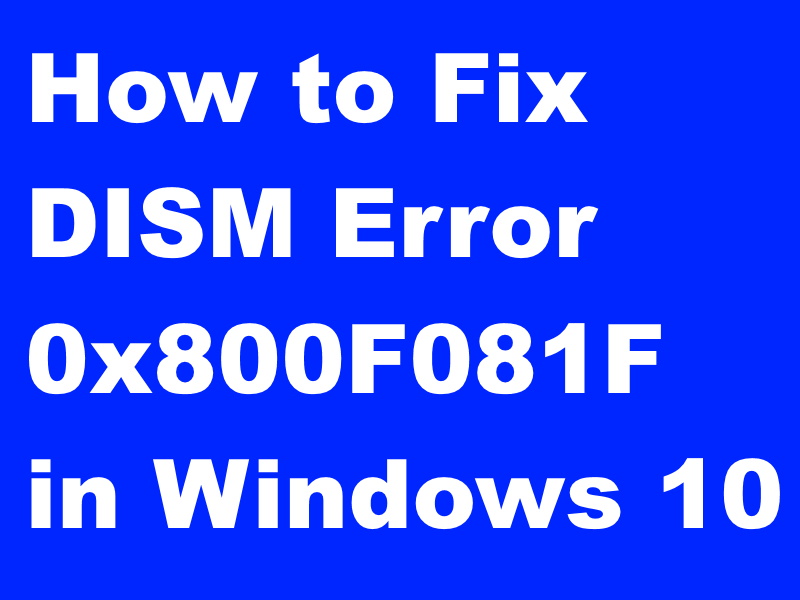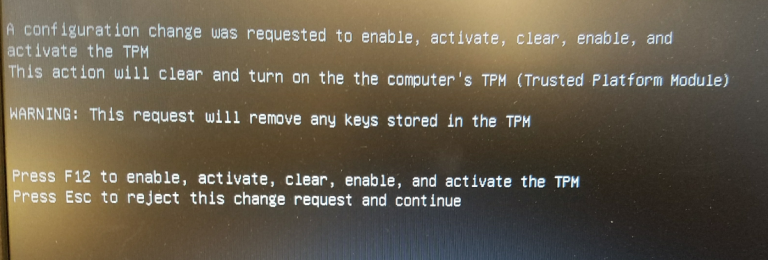

While your device may include a TPM chip, there’s a possibility that it isn’t enabled by default and you may need to enable it manually for using features like BitLocker on Windows 10 or upgrade the system to Windows 11. One of the requirements for installing this newer version is to enable a TPM chip or Trusted Platform Module on your device.

Now check if that solves the problem.Microsoft recently announced its latest operating system - Windows 11. Step 3: Once you remove the driver, restart your PC and install the Trusted Platform Module driver again. A confirmation dialog will now appear, then click Uninstall. Step 2: Expand the Security devices item, right-click Trusted Platform Module 2.0 and choose Uninstall device from the menu. Next, you can try to reinstall the TPM driver to fix the “TPM device not detected” issue. If you have enabled TPM in BIOS but the “TPM device not detected” issue still appears, you can update BIOS or UEFI to fix the issue. Step 2: Go to the Security tab, look for TPM and then enable it. Step 1: Restart your PC and press a specific key to enter BIOS. If it is not enabled in BIOS, you can enable it to fix the “TPM device not detected” issue. Fix 1: Check If TPM Is Enabled in BIOSįirst, you need to check if the TPM is enabled in BIOS. Now, let’s see how to fix the compatible TPM cannot be found issue.

If the TPM device is not detected, you will not be able to upgrade to Windows 11, so it is important to fix it. Sometimes, you may receive the “TPM device not detected” error message on your computer. TPM (Trusted Platform Module) is a security chip on the motherboard, used to store all passwords and security-related data. Now, keep on your reading to get more information. This post from MiniTool tells you how to fix the “TPM device not detected” issue. Is the TPM device not detected? How to get rid of the annoying issue? Don’t worry.


 0 kommentar(er)
0 kommentar(er)
